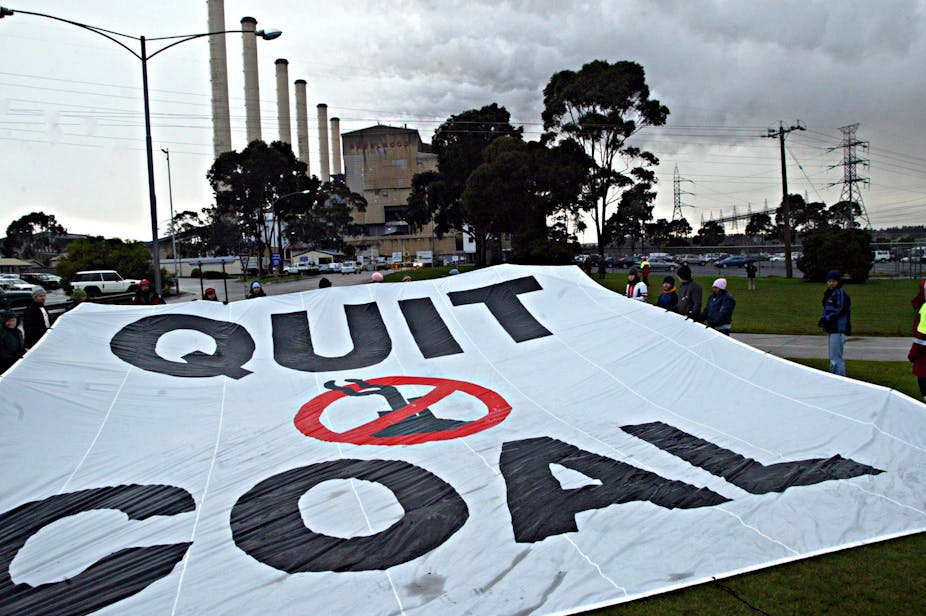There appears to be lots of ‘doom and gloom’ around brown coal generation in Victoria’s Latrobe Valley under the carbon tax.
It is far from obvious that this is justified – at least in the next few years.
Indeed, while there may be a switch to gas-fired plant under the $23 per tonne (CO2 equivalent or CO2-e) tax in the longer term, not much is likely to happen in the short term – except the price of electricity will rise – unless the government throws money at Hazelwood to convince International Power to close it down.
Why? Using figures from John Freebairn’s paper (here), brown coal produces about 1.26 tonne CO2-e per MWh and gas fired plant at least 0.4 tonne CO2-e per MWh. So a $23 tax adds about $29 per MWh to brown coal’s cost and about $9 per MWh to gas. So the tax gives gas a $20 per MWh ‘cost advantage’ relative to coal.
Now in the short term (i.e. with existing plant rather than new plant), viability in the National Electricity Market depends on a generator’s short-run marginal cost (SRMC). If the price is above a generator’s SRMC then the generator is getting a return on its capital.
Otherwise, it is not. So in the short-term, gas will only be able to underbid base-load brown-coal generation if its SRMC (without the tax) is no more than $20 above brown coal.
Hmmm. I don’t think that is the case. John doesn’t have much data in his paper, and SRMC depends on the price of the input fuel. But I think the gap is usually estimated at approximately $25 per MWh or more for SRMC.
This is broadly in line with two reports cited by John although the lower figure says that gas can profitably underbid coal with a $17.50 per tonne tax (the other estimate is $40 per tonne for gas to profitably underbid coal).
So the most likely result is that the tax will push up the cost of brown-coal generation by more than gas-fired generation, but not by enough to create profitable switching with existing plant.
So all that will happen is that the higher SRMC will be reflected in the spot electricity price (in other words – passed through to retailers who will either be allowed to pass it through to consumers or they will go bankrupt very fast).
Of course, as John notes, even if there is switching, current gas capacity is so low that the brown coal plant will still be dispatched most of the time. And, even with the tax, the SRMC of brown coal is less than the long run marginal cost of new gas-fired plant – so there is unlikely to be rapid development of new gas fired plant to displace more brown coal generation.
So in the short term there is unlikely to be a problem for the Latrobe Valley unless we think that a price rise for electricity will lead to large demand reductions. The owners of current brown coal plants will make a lower return on capital but they are unlikely to find it profit maximising to shut down.
The longer term is more interesting. Switching will depend on the cost of building new plant versus maintaining old coal-fired plant.
And the tax (or ETS) may alter this decision so new gas fired plant will replace brown coal plant as the latter is retired over the next few decades.
So, for the Latrobe Valley, the carbon tax itself should not be creating too much consternation in the short term. Of course, the federal government may throw some money into the mix to hasten the closure of Hazelwood. That may stop International Power from complaining but the future of the Valley will depend on where any new gas-fired plant is built.
Given that the transmission infrastructure already runs to the Latrobe Valley and it is relatively close to gas supplies, even this prospect should not concern the Valley residents too much.
This originally appeared on Core Economics and has been reproduced with permission.

